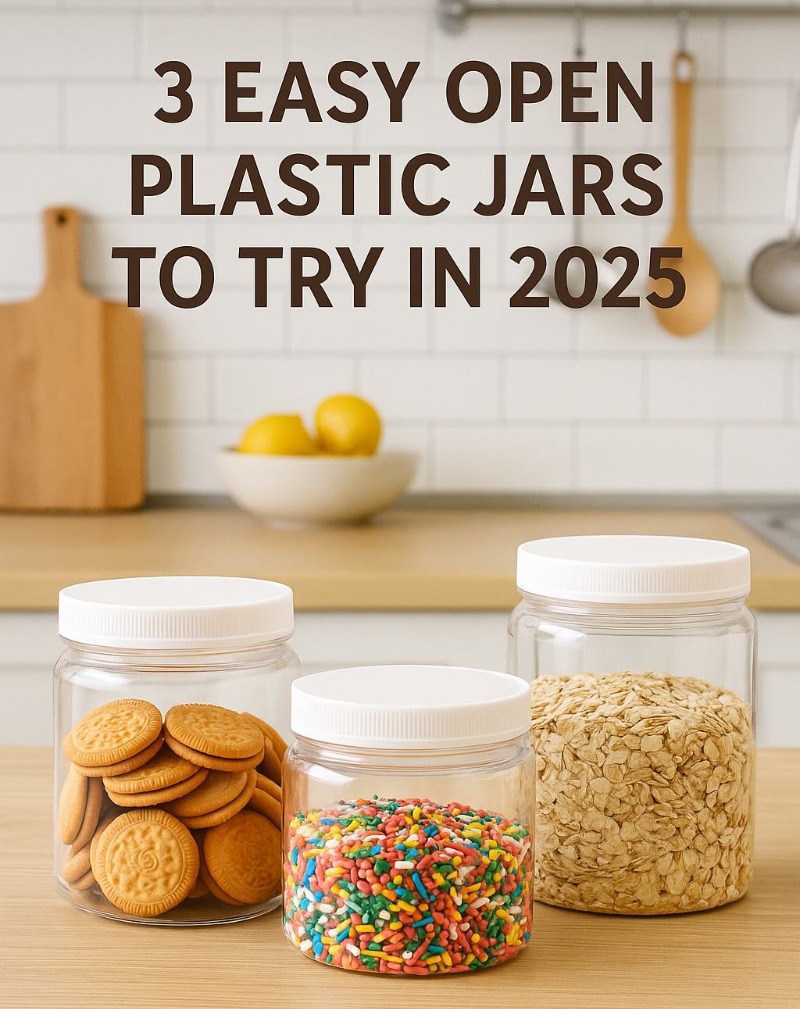Faraday Bag Innovation The Signal Jamming Fabric Revolutionizing Digital Privacy
In today’s highly advanced information technology era, are you concerned about your digital privacy?
Many things have two sides. For example, with just a simple tap of a small card, you can complete a payment without worrying about how the money flows into the recipient’s account. But have you ever worried that malicious people might exploit this technology? Yes, I’m talking about electronic card fraud—while these convenient contactless payments make life easier, they also create opportunities for ill-intentioned individuals.
Another example is Apple’s AirTag, a small tracking device that works with your phone’s location system to let you know the whereabouts of yourself or your belongings at any time. This helps you easily find lost items by opening a map. But the question is—are you worried that someone might use this technology to track you without your consent?
With the development of wireless signal technology, the need for effective electromagnetic shielding has become more urgent than ever. Protecting data and personal privacy is a pressing demand, driving rapid growth in this market.

Advanced Copper-Nickel Coating Technology
The cutting-edge signal jamming fabric represents a breakthrough in electromagnetic interference (EMI) shielding technology. It is thin and bendable, but it can block more than 99% of radio frequency signals (mobile phones, Wi-Fi, Bluetooth, RFID, NFC, UWB, AirTag, etc.). At the same time, it does not absorb moisture, does not fade, and can withstand wear for up to 100,000 times.
Signal jamming fabric is a copper-nickel coated fiber combination material. It is a composite conductive material formed by depositing copper and nickel layers on the fiber surface in sequence through vacuum deposition, which is currently the most advanced process on the market. In simple terms, it is a flexible metal cloth with a copper-nickel alloy cortex "growing" on the fiber surface. It is light and tough, and can block electromagnetic waves like a metal shell. Vacuum coating gives this material enhanced high-temperature resistance and more stable shielding performance.
The electroless plating process used in manufacturing allows for coating every single fiber with materials like nickel, which offers excellent corrosion resistance and high shielding capacity. This manufacturing approach ensures uniform coverage and consistent performance across the entire fabric surface.

Superior Performance Characteristics
Its performance advantages are mainly reflected in the following aspects:
Conductive and Shielding Performance
High conductivity: The copper layer provides an excellent electron conduction channel, and the nickel layer enhances stability. The synergistic effect of the two can significantly improve the overall conductivity of the material. Cu provides high conductivity, Ni provides magnetic permeability and anti-oxidation layer, forming Cu₃.₈Ni alloy lattice, which has both conductivity and magnetic shielding.
Electromagnetic shielding effectiveness: In the frequency band of 0.15 MHz–20 GHz, the shielding effectiveness can reach 50–100 dB, which is suitable for electromagnetic sensitive environments such as radar, communication equipment, and data centers.
Copper-nickel alloys like C77000 are specifically chosen for EMI shielding applications due to their inherent corrosion resistance properties, making them ideal for long-term reliability in various environmental conditions.
Material Bonding and Performance
The copper-nickel alloy layer forms a metal bond with the fiber, and is covered with an amorphous Ni-P (83.98% Ni, 16.02% P) protective layer to further improve corrosion resistance and oxidation resistance.
Coating bonding strength: The tape peeling rate is < 0.4%, there is no crack after 20,000 bends, and the wear resistance is 4–5.
Environmental Protection and Compliance
Compliant with RoHS, REACH, MIL-STD-461, GJB 6190
Military-grade fabrics are certified to standards like MIL STD 188-125 and IEEE 299-2006, ensuring they meet the stringent requirements for defense and critical infrastructure applications.
Heat Resistance and Corrosion Resistance
Nickel layer anti-oxidation: The nickel layer covers the surface of the copper layer, effectively preventing copper oxidation and improving the stability and service life of the material in high temperature or humid environments
Process Compatibility and Controllability
Controllable vacuum deposition process parameters: A uniform and dense coating can be obtained under conditions such as temperature 60°C, pH=12, and time 2–5 minutes
Strong scalability: Laser cutting, ultrasonic welding, sewing, hot pressing, weaving, lamination and other composite processing methods are available
Market Applications and Industry Adoption
EMF metalized fabrics infused with elements such as copper, silver, nickel, and stainless steel are engineered for industrial-grade electromagnetic shielding while ensuring durability and versatility. The versatility of these materials has led to widespread adoption across multiple industries.
Typical Application Scenarios
| Application areas | Example uses |
| Electromagnetic shielding | Shielded curtains, military tents, data center shielding cloth |
| Wearable and flexible electronics | Smart heating clothing, EMC gloves |
| Conductive fabrics | Antistatic clothing, conductive sewing thread, flexible circuits |
| Aerospace | Satellite electromagnetic shielding layer, engine thermal insulation components |
In an increasingly connected world, Faraday bags have gained popularity among law enforcement forensic investigators, tech enthusiasts, professionals, and privacy advocates, reflecting the growing awareness of digital privacy concerns.
Based on different product requirements, materials can be further customized, such as controlling the copper-nickel thickness ratio, substrate selection, shielding frequency band optimization, and adjusting the plating process parameters based on specific application requirements.
Consumer Applications: Transforming Everyday Bags
Back to our bag field, signal jamming fabric can be used in a wide range of scenarios:
1. Digital Security Bags - "One Bag" Invisibility Solution
A layer of signal jamming fabric is lined inside the bag to make a flip-open hidden pocket. For meetings, exams, cinemas, theaters, etc., put your mobile phone/earphones/car keys in it to instantly shield all wireless signals to prevent interference, positioning, eavesdropping, and recording. No need to turn off or turn on the devices, just use and put it away.Companies like SLNT create Faraday bags trusted by Google and the US Army that effortlessly fit into daily routines for continuous data protection, demonstrating the mainstream adoption of this technology.
2. Anti-Theft Card Protection
The inner compartment or inner pocket of the wallet or backpack that holds credit cards/passports is replaced with signal jamming fabric as an interlayer to prevent RFID theft and remote scanning. Thinner than traditional aluminum foil interlayer, resistant to bending and folding 20,000 times without cracking.
Similar to how booster bags lined with aluminum foil act as Faraday cages, specialized containers are used to resist RFID skimming, but modern fabrics offer superior durability and flexibility.
3. Anti-Tracking Protection - Neutralizing AirTag Surveillance
Add a layer of signal jamming fabric in the computer compartment or camera compartment, put in AirTag or smart luggage tag to shield its broadcast signal and avoid malicious tracking. Only shield when needed, take it out to restore positioning.
4. Corporate Data Security Briefcases
Designed for business people, the computer backpack or accompanying briefcase is lined with signal jamming material, which can shield electromagnetic leakage of 0-18 GHz and prevent laser eavesdropping or side channel attacks in conference rooms. The material is compliance with IEEE 299/ ASTM D4935 anti-information leakage requirements which can fully ensure information security.
5. Smart Switch Functionality - Manual Control Over Connectivity
Combination of signal jamming fabric and ultra-thin conductive zipper, once zipper closed it is full shielding, zipper opened 2 cm signal recover right away. Users can manually decide when to be "online".
To validate the effectiveness of Faraday bags, former FBI Supervisory Special Agent Emmanuel Ladsous conducted a series of thorough experiments. During the tests, he placed active devices—connected via Bluetooth, Wi-Fi, AM/FM radio, and cellular networks—inside the Faraday bag. Once the bag was sealed, the devices quickly lost all signal connections. This clear and direct demonstration of the bag’s shielding capabilities provides compelling proof of its reliability and has significantly boosted consumer confidence.
Future Prospects and Innovation
As communication technologies continue to evolve, new and faster wireless standards like 5G and Huawei’s NearLink are rapidly emerging, making the electromagnetic environment increasingly complex. The development of electromagnetic shielding materials is therefore far from finished. Future innovations may focus on:
- Enhancing frequency coverage to support new and emerging communication standards
- Improving material flexibility for integration into wearable gear, such as shielded pockets in clothing
- Miniaturizing shielding components for seamless integration into consumer products
- Reducing production costs through optimized manufacturing processes
Conclusion
People should have the fundamental right to disconnect from wireless communication. The rise of signal-blocking fabric is turning digital privacy from a luxury into a basic necessity. Whether you’re protecting trade secrets in a boardroom, securing personal data while traveling, or simply seeking a moment of digital silence in an always-connected world, this material provides a tangible solution to invisible threats.
A small piece of fabric may appear ordinary, yet it can instantly sever all wireless connections to safeguard your privacy. If you're planning your next bag design, consider incorporating this “invisible shield” right into it!
| Author | ||||||
|





